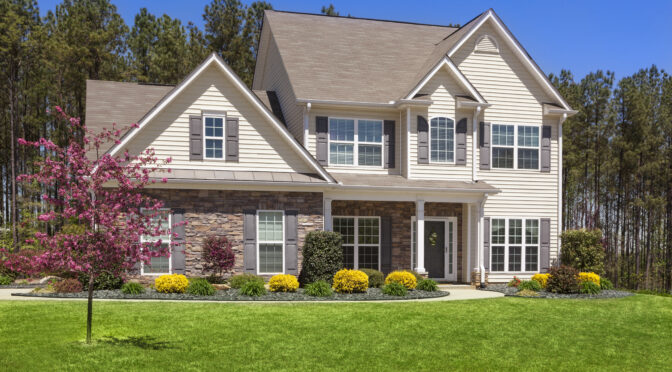What Are the Best Loans for Rehabbing Houses
What Are the Best Loans for Rehabbing Houses?
Making Informed Financing Decisions Introduction: Rehabbing houses can be a lucrative investment opportunity, but it often requires financing to cover the purchase and renovation costs.
With numerous loan options available, it’s essential to understand the different types of loans for rehabbing houses to make informed financing decisions. In this article, we will explore some of the best loans suited for rehabbing houses and highlight their key features.
1. Conventional Home Renovation Loans:
Conventional renovation loans, such as the Fannie Mae HomeStyle Renovation Mortgage or the Freddie Mac CHOICERenovation Mortgage, are popular options for rehabbing houses.
These loans allow you to finance the purchase price and renovation costs in a single loan. They offer flexibility in terms of property types and can be used for primary residences, investment properties, and second homes.
2. FHA 203(k) Rehabilitation Loan:
The Federal Housing Administration (FHA) offers the FHA 203(k) loan program, specifically designed for rehabilitating and renovating properties. This loan provides financing for the purchase or refinance of a property, including funds for renovations. It is available for owner-occupied properties and can be suitable for both minor repairs and major renovations.
3. Hard Money Loans:
Direct hard money lenders offer an alternative financing option, typically offered by private investors or companies. These loans are based on the property’s after-repair value (ARV) and are ideal for investors looking to rehab houses quickly. While hard money loans often have higher interest rates and shorter repayment terms, they offer faster approval processes and more lenient credit requirements.
4. Home Equity Line of Credit
(HELOC): If you already own a property with significant equity, a home equity line of credit (HELOC) can be a viable option for funding your rehab projects. HELOCs provide a revolving line of credit based on the value of your property’s equity. This allows you to borrow funds as needed throughout the renovation process, providing flexibility and control over your finances.
5. Personal Loans:
For smaller-scale rehabbing projects, a personal loan can be a practical choice. These loans are typically unsecured and based on your creditworthiness. While interest rates may be higher compared to other loan options, personal loans offer quick access to funds and do not require collateral.
6. Local Government Programs:
Many local and state governments provide grants, loans, or tax incentives for rehabilitating properties in designated areas. These programs are often targeted at revitalizing communities and promoting affordable housing. Contact your local housing authority or community development agency to explore any available programs in your area. Conclusion:
7. What Are the Best Loans for Rehabbing Houses Near Me?
When it comes to financing rehabbing projects, selecting the best hard money rehab lenders is crucial for successful and profitable outcomes. Each loan option has its own advantages and considerations, depending on your specific needs and circumstances.
It’s essential to research and compare the terms, interest rates, repayment terms, and eligibility requirements of each loan type. Consult with a financial advisor or mortgage professional to determine the best loan for your rehabbing house projects. Remember, a well-chosen loan can provide the capital needed to transform distressed properties into valuable assets.

